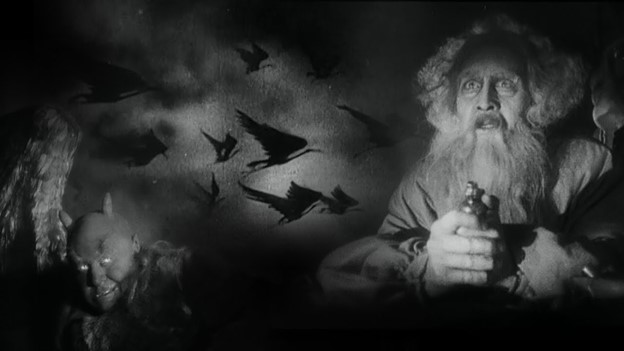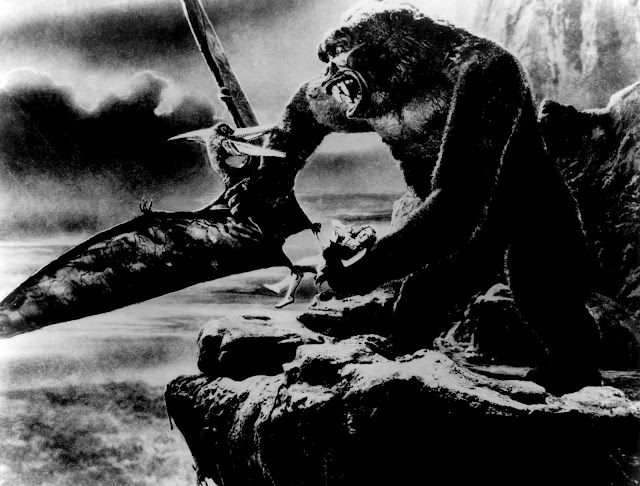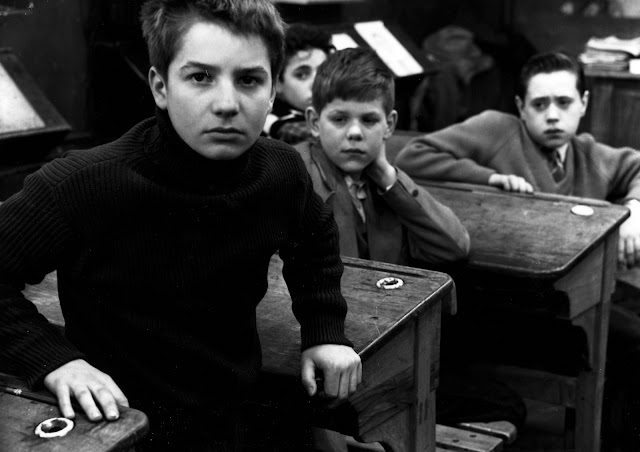Faust (1926)
F.W. Murnau's "Faust"
At the height of the German Expressionist movement in the 1920s, F.W. Murnau released "Faust," an adaption of the legendary folktale of Faust. The film was a massive failure for the studio, as the budget was the highest ever recorded for a German film. Despite its lackluster commercial success, the film has been widely celebrated as an innovative use of the expressionist style.
The special effects were unlike anything seen before. Because of the supernatural and fantastical elements of the film, realistic effects had to be invented to achieve the visual spectacle. The demon Mephisto had to disappear and reappear. His dimensions had to constantly be changing. He had to supernaturally create fire. To achieve this, Murnau had to film with two cameras. In using two cameras to shoot, sequences could be edited together to make it look like fantastical occurences were actually happening.
By the time "Faust" was released, Murnau had already departed Germany for Hollywood. Murnau's inventive style was recognized. Because of this, "Faust" was Murnau's last film made in Germany. It also represents a prime example of German Expressionism at its creative peak.




Comments
Post a Comment